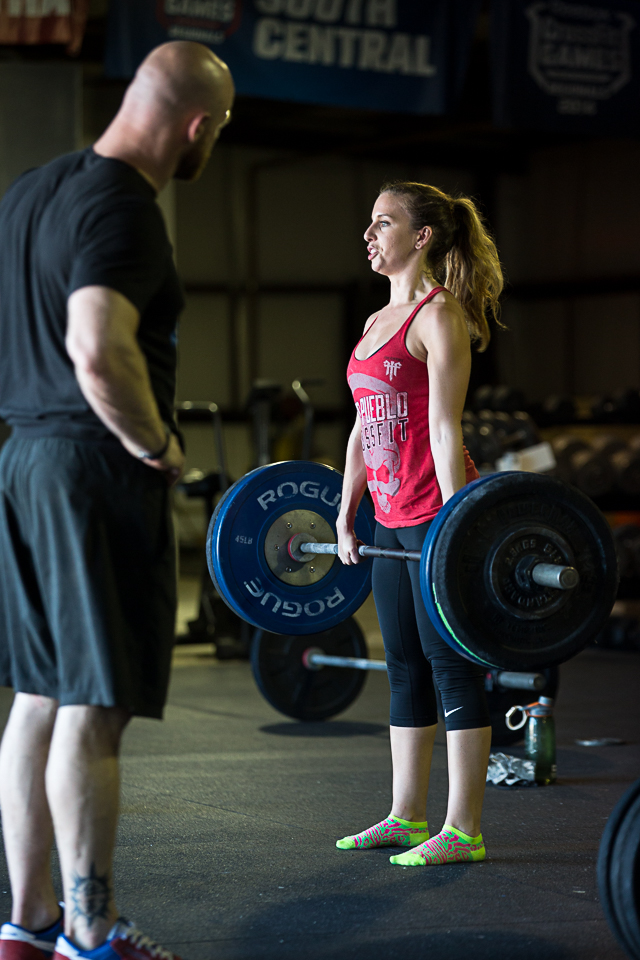How to improve beyond Group Fitness Classes
The popularity of group based fitness classes have exploded over the past several years. Starting with CrossFit going truly mainstream circa 2011, 2012 many other fitness concepts have piggy backed on the intensity based group class model like we discussed a few week ago. The reason for this is it works, and it’s a good approach to get people working hard for themselves. That said today I’d like to discuss some ways to improve it, taking your training from “Good to great” if you will.
Lets start with this first, group classes and Bootcamps are quite good at a few things. They are:
- social,
- fun,
- and they motivate you to work harder than you otherwise might.
But they have their limits. They do not:
- Take into consideration your specific physical weaknesses, limitations or goals
- nor are they all that effective in prescribing specific intensities, to ensure you’re getting the most effective stimulus to promote physical adaptations.
- They do not promote a one-on-one relationship with a mentor coach to help you with a long-term fitness plan.
Because of this it is hard for group classes only to be a complete program. The issues can be minimized with good well thought our structure group programming, but even that can come up short since impossible to maximize a program for some people that come twice a week and some come 5-6 days a week.
Many people whose fitness endeavors start solely in bootcamps or group classes don’t stick with it for long. And even those who thrive in that environment longer term tend to see plateaus and regressions due to a lack of addressing individual needs.
What we have discovered through being part of the MadLab Group is a “hybrid model” of fitness really is the best solution to eliminate the issues. Utilizing the incredible environment of the group class concurrently with weekly, monthly, or quarterly personally training to address individuals limitations, weaknesses, or specific goals.
Here’s how a combination of personal training, and group classes can maximize your fitness efforts.
Group Classes:
- Doing group classes two to three times a week is useful for providing a social, competitive environment that helps you feel connected to a greater community.
- It’s a time to work hard together, share a laugh or two, and make lifelong friends in the process (much better than the anti-social Globo gym where nobody knows your name).
- It also helps you stay accountable; if you’re meeting a friend to hit the 4 p.m. class, you’re not going to bail no matter how tired you are after work.
Personal training:
- For new athletes, personal training allows you to learn complex movements at a pace that is right for you. One-on-one attention is proven to be the best way to learn. After 10-20 initial personal training sessions, you’ll have a better understanding of the movements you were taught—as well as your own fitness level—than you would if you went through a group introductory program.
- For veteran athletes, it allows you to get additional one-on-one coaching for specific skills—often the more technical ones—you want extra help with.
- And if you’re ever injured, personal training can become a rehab session, so you don’t need to abandon your gym routine during this time
- One-on-one time also allows your coach to cater to your physical and emotional limitations and goals, not only to help keep you safe, but also to keep you motivated, and to provide specific movements and intensities that are going to help maximize your development.
- It allows you to develop a relationship with your coach—a health and wellness mentor in your corner—to keep you accountable to your goals for years to come.
- It gives you the chance to get one-on-one help in other aspects of life, such as nutrition—another concept that differs from individual to individual, and is therefore best tackled in a one-on-one setting.
So in summary a group class based training regime with consistent individualize training really fills all the gaps you need to improve your fitness over the long haul. We recognize this and our proud to be implementing this “Hybrid” structure as the next evolution of CFA.

